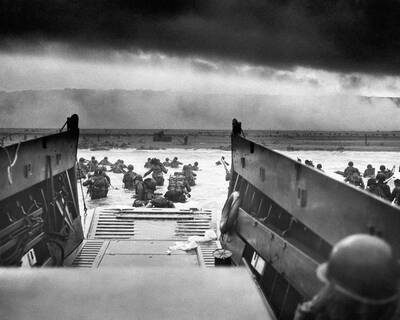With Stephen Belber’s TAPE, theater director Brook Hall has a hard-hitting final play for The LAB Space.
High school reunions are tricky. Some classmates have moved on in life, others have not. Some dredge up a past that others want to forget, especially when it involves sensitive matters like rape.
This one-act play opens and takes place in a very realistic, semi-grungy Motel 6 room in Lansing, Michigan, wonderfully put together by Ridge Production Studio.

Photo courtesy of Jamie Osho Mactography
TAPE is a demanding play for its actors, where all three characters must adapt to rapid-fire dialogue and changing emotions, but Hall chose a skilled team.
Lucas Salazar plays Vince, the volunteer fireman and drug dealer who allegedly has come to celebrate former high school friend Jon’s success in the film industry, but in reality seeks to expose why Amy, a girl that he and Jon dated, slept with Jon but not with him.
With great energy Salazar clearly delights in this manipulative and sinister role; he bounds about and plays on Jon’s sympathy while calculating his end game.
LAB veteran, John Brownlie, as Jon, has the challenging role of being the unsuspecting, blind-sided friend, trying to be helpful but slowly realizing Vince’s calculating subterfuge.
Enter Amy, Michelle Kao (高微嵐), who at first appears to be an unsuspecting pawn and spectator in Vince’s game of watching Jon squirm between guilt and apology.
Vince thinks he is in control and hopes to impress Amy until he realizes the strong, resilient Amy has moved on in her own way.
TAPE is a play with a high stakes end for all, where each character is pushed to the limit. The end comes quick — an end that will certainly linger in the viewer’s mind after the curtain falls.
Due to subject matter, no children under 16 are admitted without an adult guardian.

It is jarring how differently Taiwan’s politics is portrayed in the international press compared to the local Chinese-language press. Viewed from abroad, Taiwan is seen as a geopolitical hotspot, or “The Most Dangerous Place on Earth,” as the Economist once blazoned across their cover. Meanwhile, tasked with facing down those existential threats, Taiwan’s leaders are dying their hair pink. These include former president Tsai Ing-wen (蔡英文), Vice President Hsiao Bi-khim (蕭美琴) and Kaohsiung Mayor Chen Chi-mai (陳其邁), among others. They are demonstrating what big fans they are of South Korean K-pop sensations Blackpink ahead of their concerts this weekend in Kaohsiung.

Taiwan is one of the world’s greatest per-capita consumers of seafood. Whereas the average human is thought to eat around 20kg of seafood per year, each Taiwanese gets through 27kg to 35kg of ocean delicacies annually, depending on which source you find most credible. Given the ubiquity of dishes like oyster omelet (蚵仔煎) and milkfish soup (虱目魚湯), the higher estimate may well be correct. By global standards, let alone local consumption patterns, I’m not much of a seafood fan. It’s not just a matter of taste, although that’s part of it. What I’ve read about the environmental impact of the

Oct 20 to Oct 26 After a day of fighting, the Japanese Army’s Second Division was resting when a curious delegation of two Scotsmen and 19 Taiwanese approached their camp. It was Oct. 20, 1895, and the troops had reached Taiye Village (太爺庄) in today’s Hunei District (湖內), Kaohsiung, just 10km away from their final target of Tainan. Led by Presbyterian missionaries Thomas Barclay and Duncan Ferguson, the group informed the Japanese that resistance leader Liu Yung-fu (劉永福) had fled to China the previous night, leaving his Black Flag Army fighters behind and the city in chaos. On behalf of the

The captain of the giant Royal Navy battleship called his officers together to give them a first morsel of one of World War II’s most closely guarded secrets: Prepare yourselves, he said, for “an extremely important task.” “Speculations abound,” one of the officers wrote in his diary that day — June 2, 1944. “Some say a second front, some say we are to escort the Soviets, or doing something else around Iceland. No one is allowed ashore.” The secret was D-Day — the June 6, 1944, invasion of Nazi-occupied France with the world’s largest-ever sea, land and air armada. It punctured Adolf